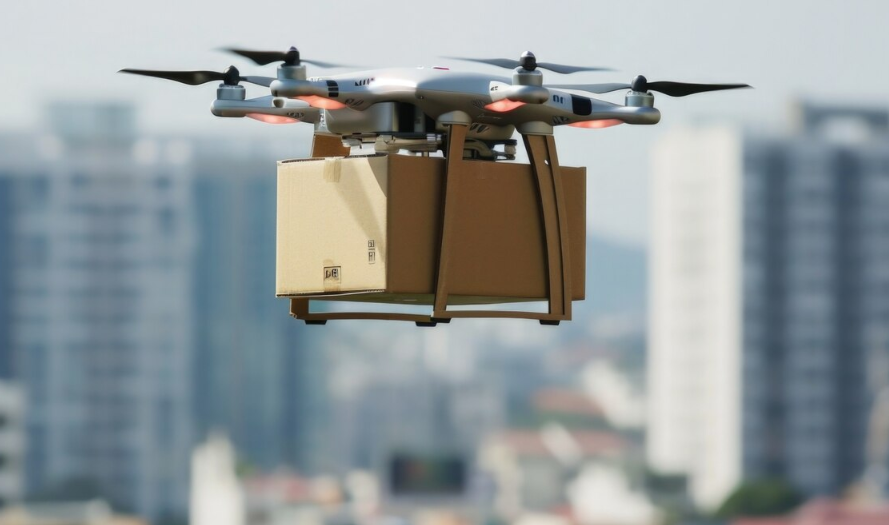Introduction
Urbanization is accelerating across the globe, bringing both opportunities and challenges. As cities expand, the need for sustainable living environments becomes more urgent. Smart cities, powered by technology and data-driven innovation, are emerging as a solution to create greener, more livable urban spaces.
What Defines a Smart City?
A smart city uses technology to enhance the quality of life for its citizens while promoting sustainable practices. It integrates information and communication technologies (ICT) into infrastructure, transportation, energy management, and governance to improve efficiency, reduce environmental impact, and foster community engagement.
Core features of smart cities include:
- Real-time Data Monitoring: Sensors and IoT devices collect and analyze environmental data.
- Efficient Resource Management: Smart grids and water systems optimize energy and water use.
- Sustainable Mobility: Electric public transport, bike-sharing programs, and traffic optimization reduce emissions.
How Technology Drives Sustainability in Cities
1. Smart Energy Systems
Modern cities are adopting smart grids that dynamically balance energy supply and demand. These systems integrate renewable energy sources like solar and wind, allowing for cleaner, more resilient power networks. Advanced metering infrastructure also empowers citizens to monitor and adjust their energy consumption in real time.
2. Green Building Technologies
Smart building designs incorporate energy-efficient lighting, automated climate control, and sustainable materials. Technologies like Building Information Modeling (BIM) enable better planning and maintenance, reducing a building’s carbon footprint throughout its life cycle.
3. Intelligent Transportation Networks
Traffic congestion is a major source of urban pollution. Smart traffic management systems use AI to predict traffic patterns and optimize light signals, reducing idle times. In addition, apps guide commuters to choose greener travel options like public transit, cycling, or carpooling.
4. Waste and Water Management
IoT-enabled waste bins can signal when they are full, optimizing collection routes and reducing fuel consumption. Similarly, smart water systems detect leaks early and manage distribution efficiently, conserving a critical resource.
5. Urban Green Spaces
Technology helps plan and maintain urban parks and green roofs. Environmental monitoring tools ensure plant health, while data analytics assist in designing spaces that maximize environmental benefits like air purification and temperature regulation.
Challenges to Building Smart and Sustainable Cities
Despite the promise, several challenges must be addressed:
- Privacy Concerns: Widespread data collection can infringe on citizen privacy if not properly managed.
- High Costs: Implementing smart infrastructure requires significant investment.
- Digital Divide: Not all citizens have equal access to digital technologies, potentially creating new inequalities.
- Interoperability: Integrating diverse technologies and systems can be complex without standardized frameworks.
The Future of Smart Green Cities
Looking ahead, the convergence of AI, 5G, edge computing, and blockchain technologies will further accelerate the development of smart, sustainable cities. Concepts like “15-minute cities,” where residents can meet most of their needs within a short walk or bike ride, are gaining traction.
Public-private partnerships, citizen engagement, and transparent governance will be key to ensuring that smart cities are inclusive, resilient, and truly sustainable.
Conclusion
Smart cities represent a bold vision for the future—urban spaces where technology and sustainability work hand-in-hand to create healthier, more equitable environments. By embracing innovation and focusing on green development, cities around the world can not only address the challenges of urbanization but also pave the way for a more sustainable future for all.
Would you also like me to create a quick infographic outline summarizing the main points for this article? 🌱🏙️


